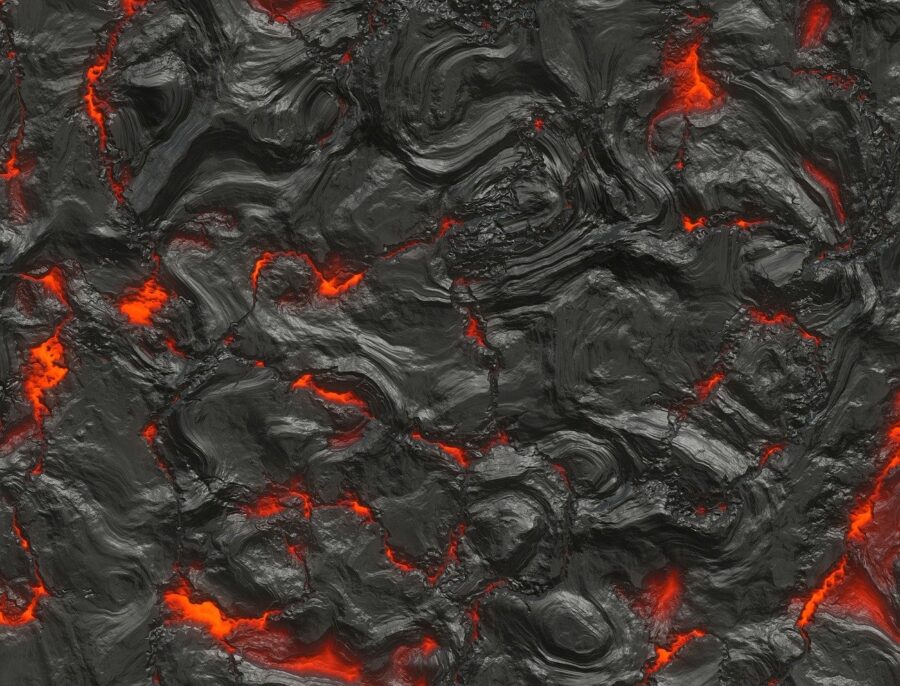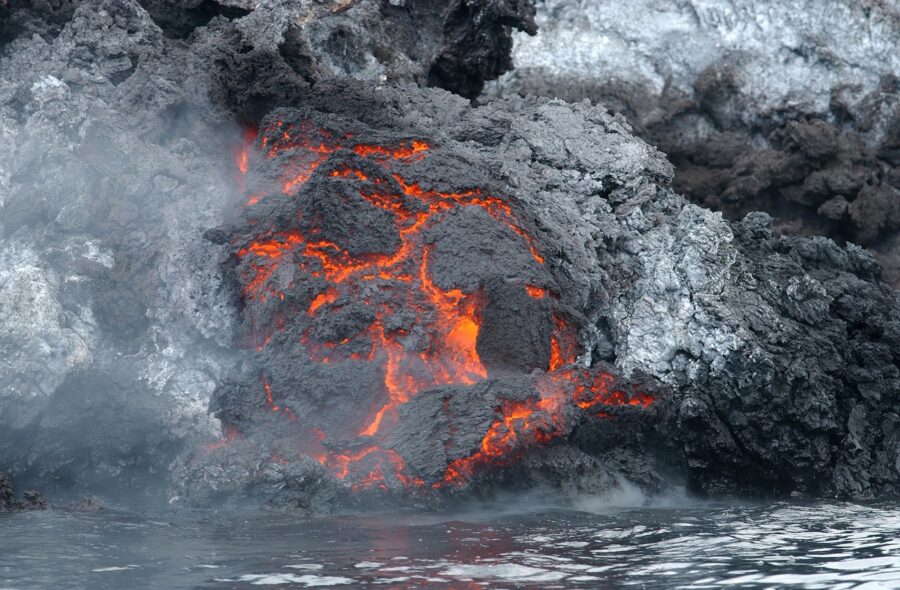Scientists Say There’s A Hidden World In The Earth’s Core
Scientists are saying that there is a totally hidden world in the Earth's core. It opens up all kinds of possibilities under the surface
This article is more than 2 years old

Most of us who sat through science class in school know that the Earth isn’t just a hollow ball of rocks and water. Our science teachers taught us that our planet is made up of four layers: The crust, the mantle, the outer core, and the scorching inner core. What they didn’t teach us is that there’s a world hidden beneath the Earth’s core.
In other words, the inner core is not as solid as scientists thought it was for the last half-century. Joanna Thompson reported in Live Science that new research, published in the journal Physics of the Earth and Planetary Interiors on September 20, suggests that the firmness of the hot, planetary ball ranges from hard to semisoft to liquid metal. “The more we look at it, the more we realize it’s not one boring blob of iron,” said Jessica Irving, a seismologist at the University of Bristol in England, who was not involved in the study. “We’re finding a whole new hidden world.”
Unfortunately, it’s not the kind of hidden world you would see in Journey to the Center of the Earth — in Jules Verne’s original 1864 novel or Dwayne “The Rock” Johnson’s movie adaptation of the same name. As it is, the extreme heat and pressure make the inner core too hot for any human or drone to touch without dying of heat exhaustion within seconds. That renders any possibility of having a direct observation of the planetary core completely out of reach unless an asteroid hits Earth with such cataclysmic force, it actually exposes the core — which likely won’t happen for millions of years.

To compensate for that technicality, Thompson reported, geophysicists had to rely on the seismic waves generated by earthquakes. Seismic waves come in straight-line compressional waves and undulating shear waves as they move through the ground and shift tectonic plates. In measuring the massive vibrations triggered by earthquakes, scientists were able to reconstruct a picture of the Earth’s core in such a way that, according to Irving, is like doing a “CT scan of a person.”
The new study began when Rhett Butler, a geophysicist at the Hawai’i Institute of Geophysics and Planetology, was looking at how seismic waves created by large earthquakes in five different parts of the world travel through Earth’s core to the opposite of the globe — think of those old cartoons where some characters dig so far beneath the surface they end up in China. He noticed that the shear waves deflected off certain areas of the inner core instead of passing through it. This prompted Butler and his co-author, Seiji Tsuboi, to reevaluate their base assumption that the inner core was completely solid and find out that it had pockets of liquid and semisolid iron near the surface.
The unusual discovery of the Earth’s core shook the scientists’ world, literally. “We’ve seen evidence that not only is it not soft everywhere; it’s really hard in some places,” Butler said. “It’s got hard surfaces right up against melted or mushy iron. So we’re seeing a lot of detail within the inner core that we didn’t see before.”
The Earth’s core having mushy pockets in some areas would have educators redraw its model in every science textbook for years to come. The new discovery could also rewrite the laws of geophysics to explain the way the Earth’s magnetic field works. We reported a few weeks back the Earth is traveling through the Universe in a magnetic tunnel. That tunnel does comprise a magnetic field that, the new study now explains, the inner core modifies to keep geomagnetic reversals in check.












